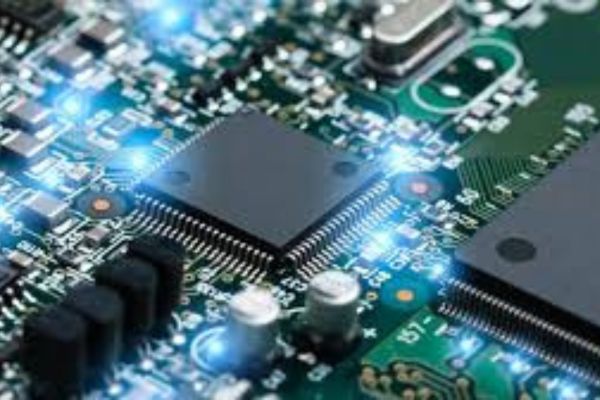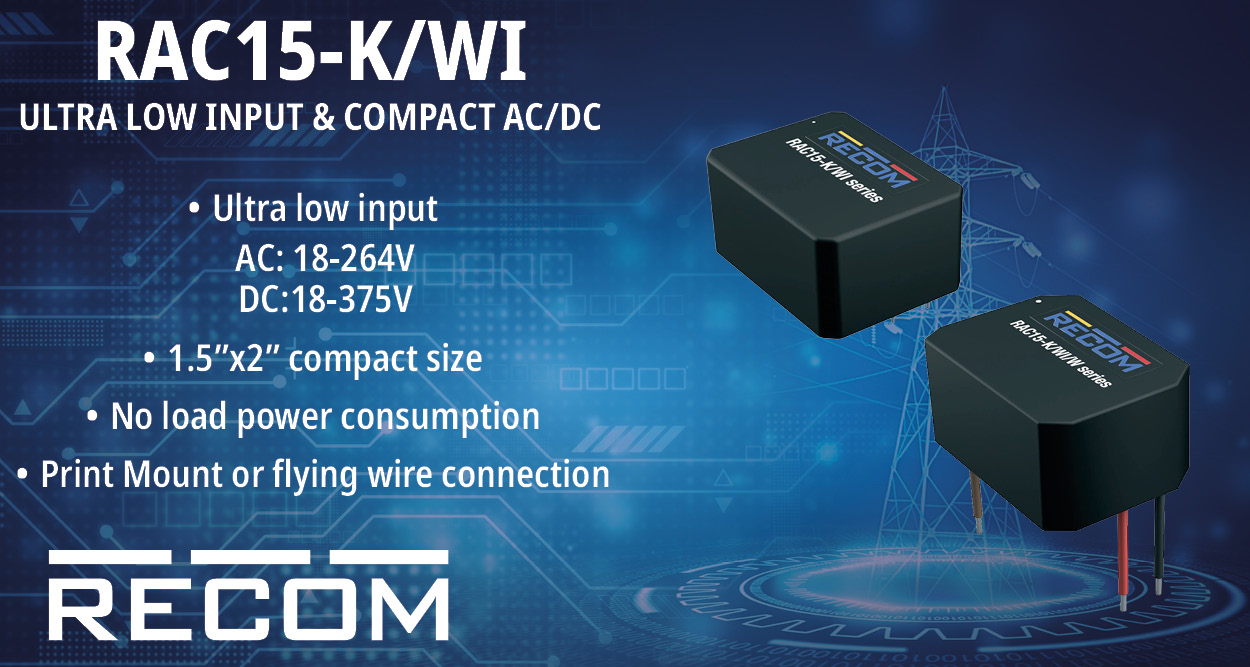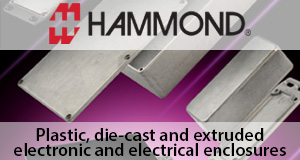Electronic components are an integral part of the modern digital world. After all, they play a pivotal role in enabling technology to function seamlessly. Among these, active electronic components form the backbone of most electronic systems, from computers and smartphones to automotive systems and industrial machines.
But what exactly are active electronic components? And why are they so crucial? This blog delves into the fascinating realm of active electronic components, exploring their role, types, and applications. It also sheds light on how active components are transforming the electronics industry. Stick with us!
What Are Active Electronic Components?
In essence, active electronic components are electronic devices that need an external power source to operate in a circuit. Unlike passive electronic components, these components have the ability to amplify signals and store energy. Also, these components can switch or modulate electrical signals. Active components are key enablers of digital logic, analog signal processing, and power management across various devices and systems.
Types of Active Electronic Components
Active electronic components are broadly divided into three types. These include:
Diode
A diode is a semiconductor device with two terminals, an anode and a cathode. It primarily functions as a one way switch for electric current. It enables electric current to flow in one direction but restricts it in the opposite direction. This unidirectional flow makes diodes crucial for several applications, including rectifying AC power into DC power and acting as rectifiers in various electronic circuits.
Some specific types of diodes include:
- Light Emitting Diodes (LEDs): LEDs emit light when an electrical current passes through them. These diodes are more energy-efficient as compared to traditional bulbs and have a longer lifespan. They are used in displays, lighting, and indicator lamps in devices like televisions, smartphones, and automotive lighting.
- Zener Diodes: Zener diodes are specialized diodes designed to conduct current in reverse bias when a specific voltage is reached. Unlike regular diodes that typically break down when reverse biased, Zener diodes are designed to handle this breakdown and maintain a stable voltage. They are used in power supplies, voltage regulation, and protection circuits.
- Schottky Diodes: Schottky diodes are a type of semiconductor diode having a low forward voltage. These diodes are known for their fast switching speed and are often used in high-frequency applications like power rectifiers.
Transistors
Transistors are one of the most critical and widely used active electronic components. They act as amplifiers or switches, controlling the flow of current in a circuit. Transistors are used in a variety of devices, from mobile phones to computers.
The two main types of transistors are explained below:
- Bipolar Junction Transistor (BJT): BJT is a three-terminal semiconductor device that switches or amplifies electrical power and electronic signals. It is essentially a current-controlled device, where a small current at the base terminal controls a larger current flow between the collector and emitter. It is used in various applications like amplifiers, switches, and oscillators.
- Field Effect Transistor (FET): FET is a three-terminal semiconductor device. Here, the flow of current between two terminals is controlled by an electric field applied to a third terminal. FET is a voltage-controlled device, meaning the voltage applied between two gates controls the current flow between the source and drain.
Integrated Circuits (ICs)
Integrated circuits integrate multiple components, including transistors, diodes, and resistors, into a single chip. This gives them the ability to perform several complex functions, such as memory storage, microprocessors, and specialized circuitry. ICs typically have millions of electronic components fabricated on them.
Below is an overview of the key IC types:
- Analog ICs: Analog ICs process continuous, varying signals. They are used to manipulate real-world data like light, sound, temperature, or pressure. Analog ICs are essential for applications that need high precision and signal quality.
- Digital ICs: These ICs manipulate digital signals, which are discrete and typically represented as “0” or “1”. They are fundamental to modern electronics and are widely used in devices like computers, microprocessors, and various other digital systems.
Advantages of Active Electronic Components
Active electronic components offer several benefits to electronic device manufacturers. Some of them include:
- Actively control electric current flow in a circuit.
- Enables the manipulation of electric current flow in a circuit.
- Can help amplify the signal in the circuit.
- Allows for communication over a longer distance.
- Provide more functionality and added control.
Technological Advancements in Active Electronic Components
Active electronic components continue to evolve with the rising demand for smarter, faster, and more energy-efficient electronics. Some of the key trends shaping the market landscape are:
Miniaturization: Ongoing advances in nanotechnology and semiconductor fabrication are making it possible for manufacturers to develop smaller and more powerful components. This is particularly important in portable and wearable devices with high space constraints.
Energy Efficiency: The rising emphasis on eco-conscious design has prompted manufacturers to develop components that consume less power and deliver high performance. As a result, power management ICs and low-voltage transistors are becoming increasingly important.
Integration and System-on-Chip (SoC): SoC design integrates multiple electronic components onto a single microchip. This, in turn, reduces the need for discrete components and offers higher energy efficiency and reliability. SoCs are widely used in smartphones, IoT devices, and embedded systems.
Wide Bandgap Semiconductors: Active electronic component manufacturers are increasingly shifting towards the use of materials like silicon carbide (SiC) and gallium nitride (GaN). These materials offer superior performance over traditional silicon-based components, especially in high-voltage and high-frequency applications.
To Conclude
In conclusion, active electronic components are integral to the functioning of virtually every electronic device. With advancements in semiconductor materials, energy efficiency, and integration, the future of these components is expected to be even more promising and transformative.

















